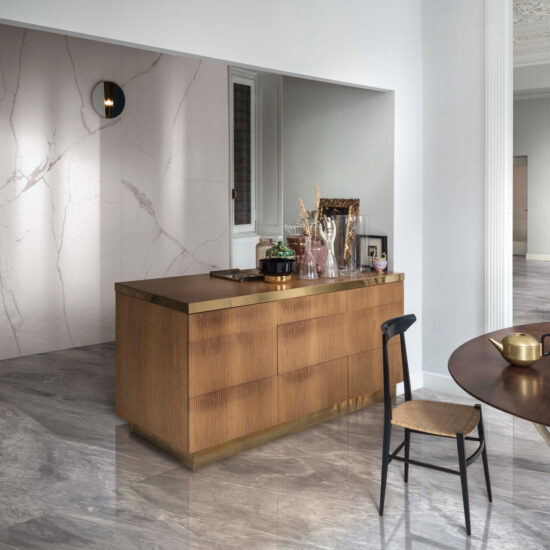
- 12 Colors
- 4 Size
- 2 Surfaces
The living room is the heart of the home, a space where hospitality, style, and relaxation blend to create a serene and airy atmosphere.
The Ragno collections offer a unique combination of aesthetics and functionality, ideal for furnishing every living space with consistency, comfort, and durability. Thanks to a wide range of sizes, colors, and material effects, every project can be personalized with harmony and originality, transforming the living room into a bespoke space.

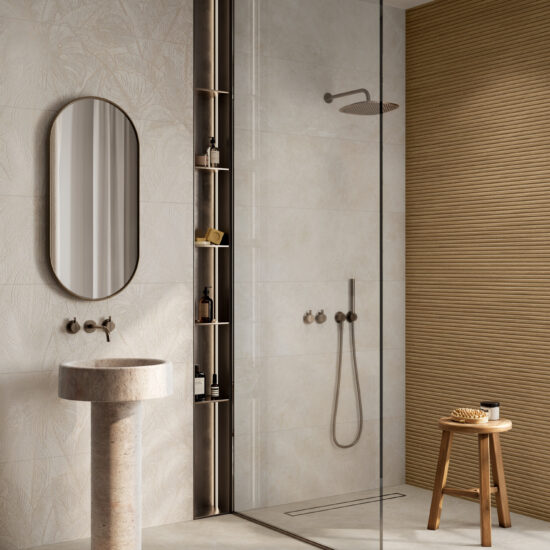
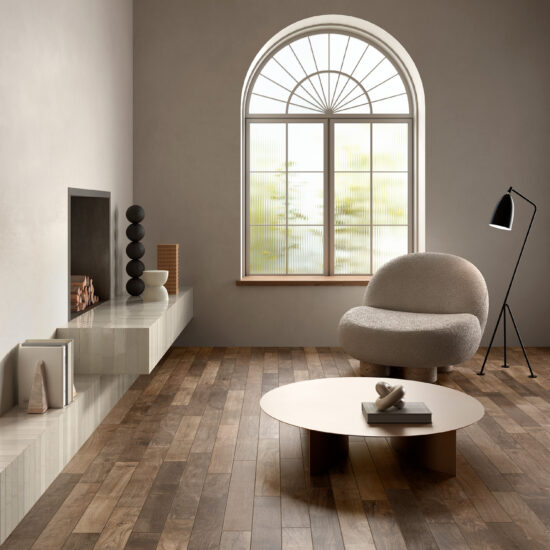



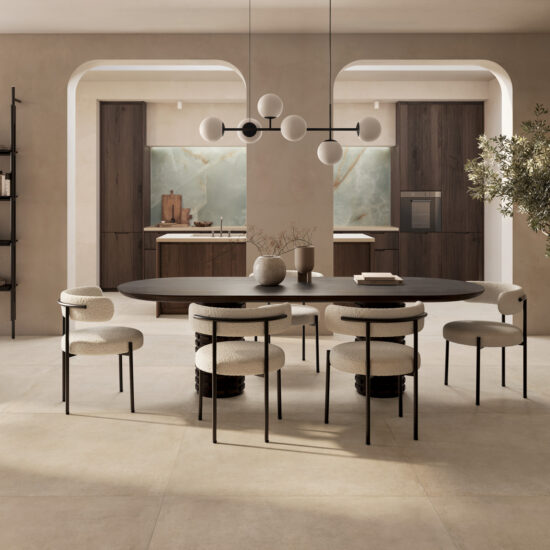
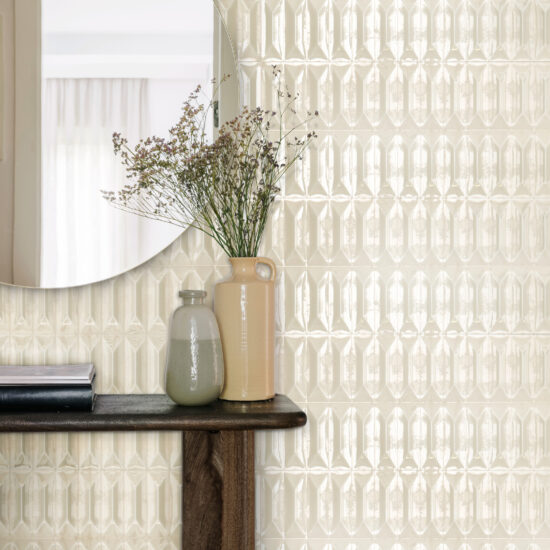


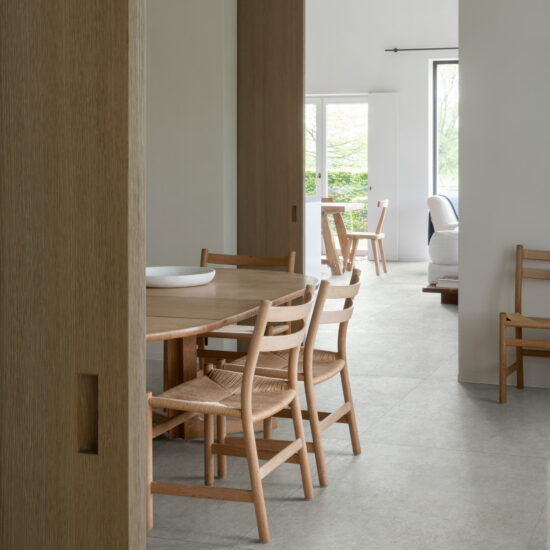

The flooring is the expressive foundation of a living room: in addition to being aesthetically consistent with the furniture, it must also guarantee durability, easy maintenance, and comfort. Porcelain stoneware tiles meet these needs, offering a solid and versatile surface, perfect for spaces
dedicated to socializing, such as the living room, dining room, home office, or open-plan spaces.
Colors, textures, and sizes of the tiles contribute to creating a continuous dialogue between materials, light, and volumes, while textured finishes allow surfaces to naturally interact with sofas, tables, bookshelves, or lighting points. The result is a space with a strong character, designed to accompany daily activities throughout every season.
In contemporary spaces, visual consistency is essential to create visually appealing rooms: using the same tiles in the living room as in the kitchen or dining room allows you to achieve a harmonious and well-balanced effect, enhancing the overall project.
The walls can be covered with decorative tiles, even for vertical architectural elements such as fireplaces, built-in bookshelves, or TV walls, transforming them into focal points of the décor. There are numerous compositional options: large slabs for continuous surfaces, mosaics for accent details, strips for dynamic and geometric effects.
Matte finishes give a natural and relaxed look, while glossy finishes add brightness and sophistication; structured textures, on the other hand, allow you to articulate the surfaces with a strong visual impact, without sacrificing functionality.
Porcelain stoneware follows interior architecture trends thanks to its versatility, making it ideal for any style language.
The stone-effect surfaces, for example, convey a sense of authenticity and naturalness, perfect for spaces with a sober, bright, and textured character. Wood-effect tiles
instead add visual warmth and a comfortable texture, while maintaining the high technical performance of porcelain, ideal for those seeking modern and durable floors. Concrete or resin effect, on the other hand, is the preferred solution for urban and minimalist spaces, where simplicity prevails.
Every surface has the power to influence the perception of space: these solutions define the atmosphere, interact with the furnishings, and build a coherent and refined identity.
In a quality design, coordination between floors, walls, and furniture becomes central. Modern living room tiles can become decorative protagonists or act discreetly, supporting the furnishings with a neutral and elegant tone. Coordinating ceramic surfaces with wooden furniture, metal or fabrics makes it possible to create a continuous visual language, where every element is coherently harmonized.
Light shades or beige foster relaxed and rustic atmospheres, while deep greys or anthracite add structure and modernity: the floor thus becomes the starting point for a consistent design that connects materials, volumes, and light, guiding every style choice.
The color choice of living room tiles directly influences how livable the space is.
Sand tones, beige, and cream visually enlarge the room, making it brighter and airier, while warm and natural shades evoke comfort and sociability. Neutral tiles, especially when combined with materials such as wood and metal, help visual balance and perceptual well-being. The combination of color, light, and finish allows you to personalize every element: from the wall to the flooring, from the décor detail to the entire living room floor.
Porcelain stoneware in the living room and living spaces is designed for uncompromising daily use: the material, highly resistant to impacts, scratches, and liquids, is perfect even in the presence of pets or children.
A red wine stain, oil residue, or accidental spill won’t compromise the surface. Living room tiles are also compatible with radiant heating panels: the high thermal conductivity of porcelain allows for even heat distribution, regulated by correct flow temperature, ideal both in winter and summer.
In warm climates, porcelain stays pleasantly cool underfoot, making the living room comfortable year-round, in any weather condition.